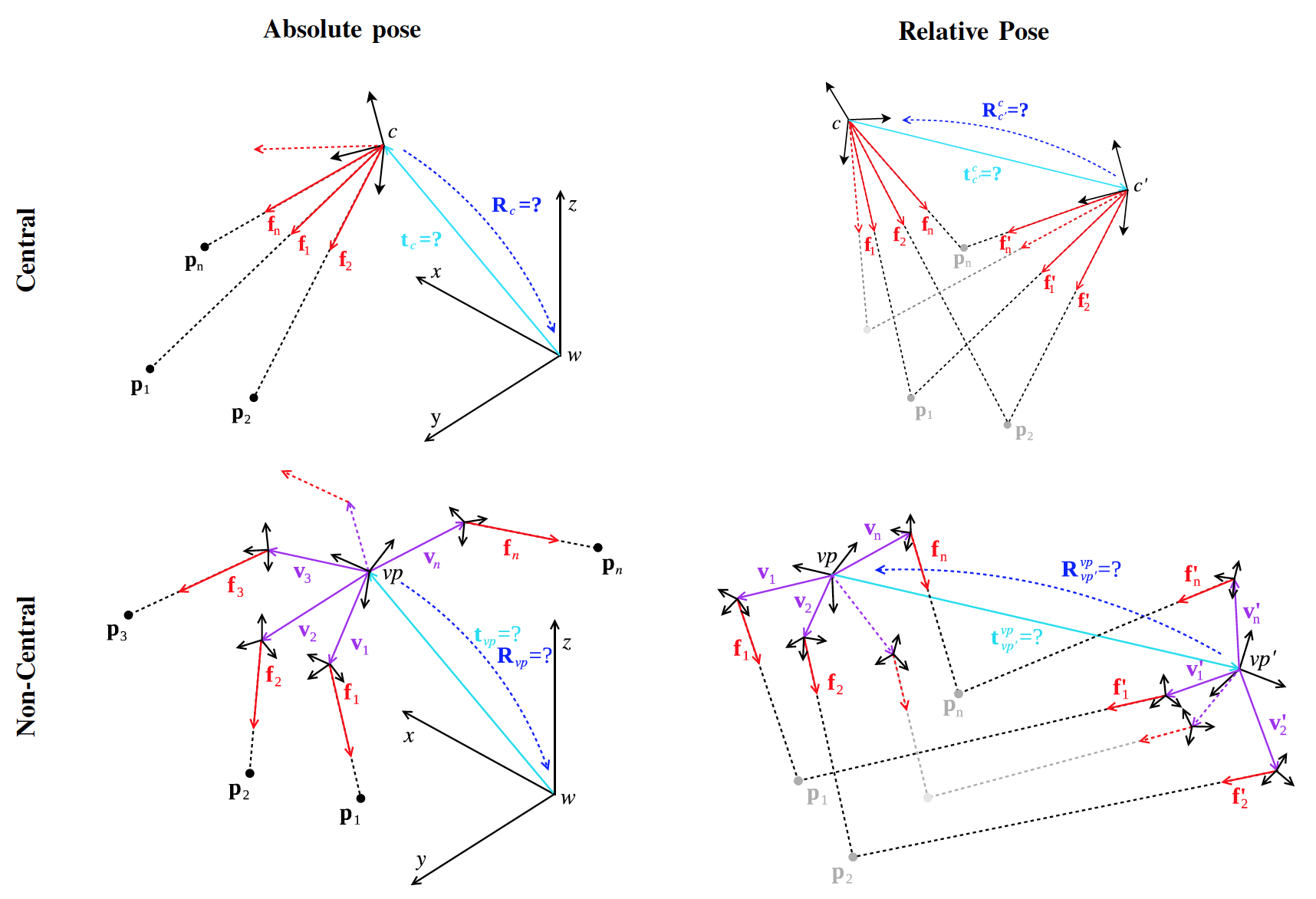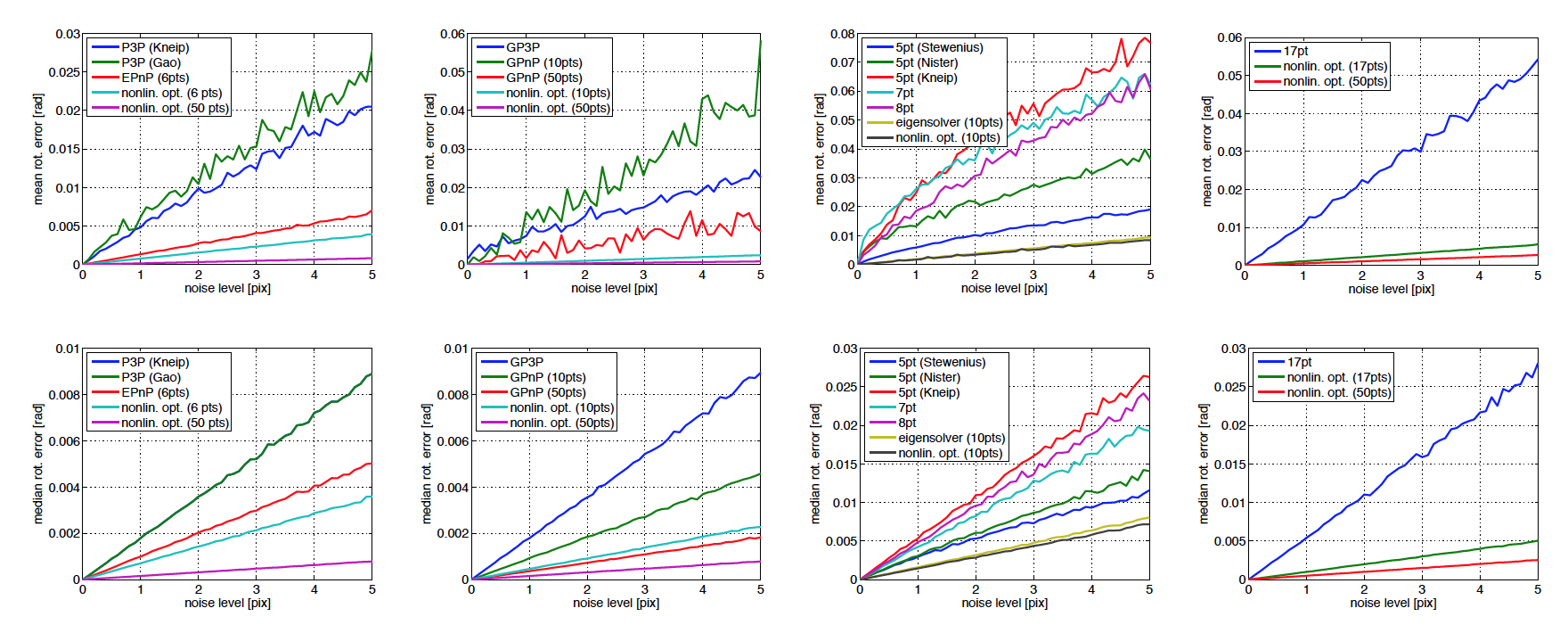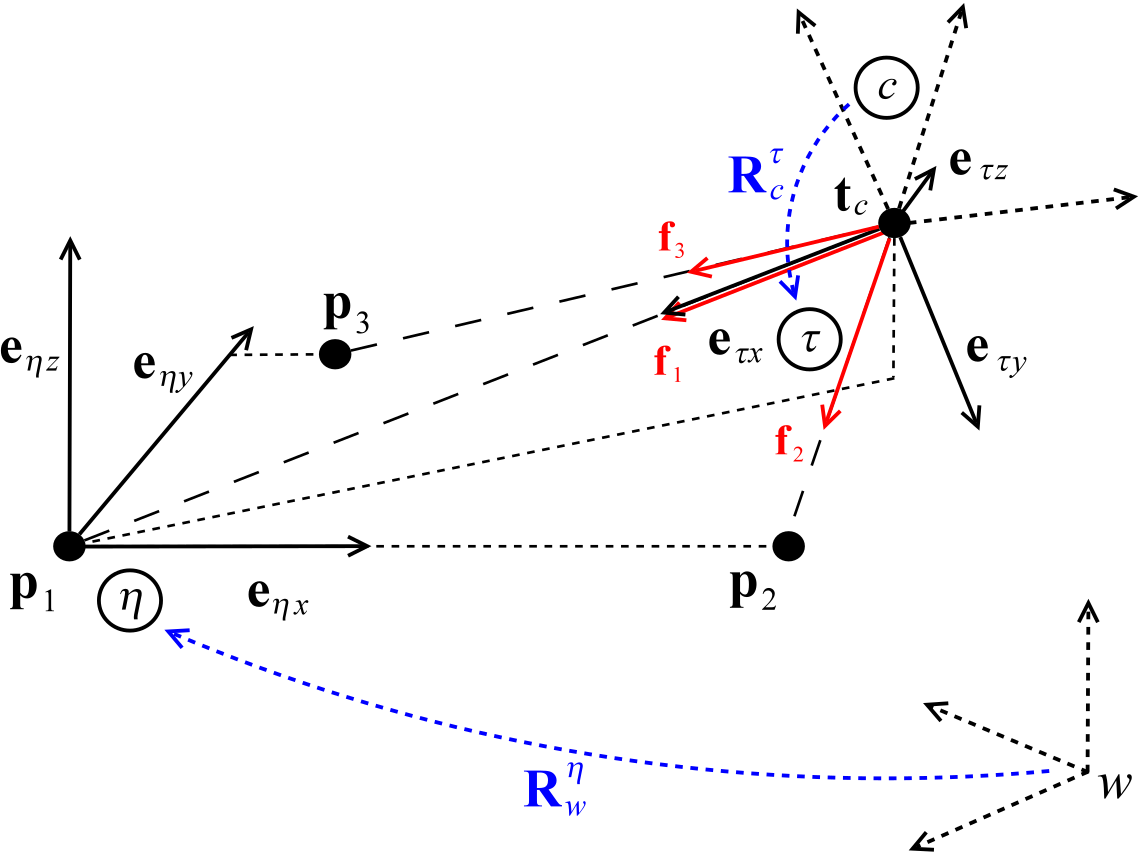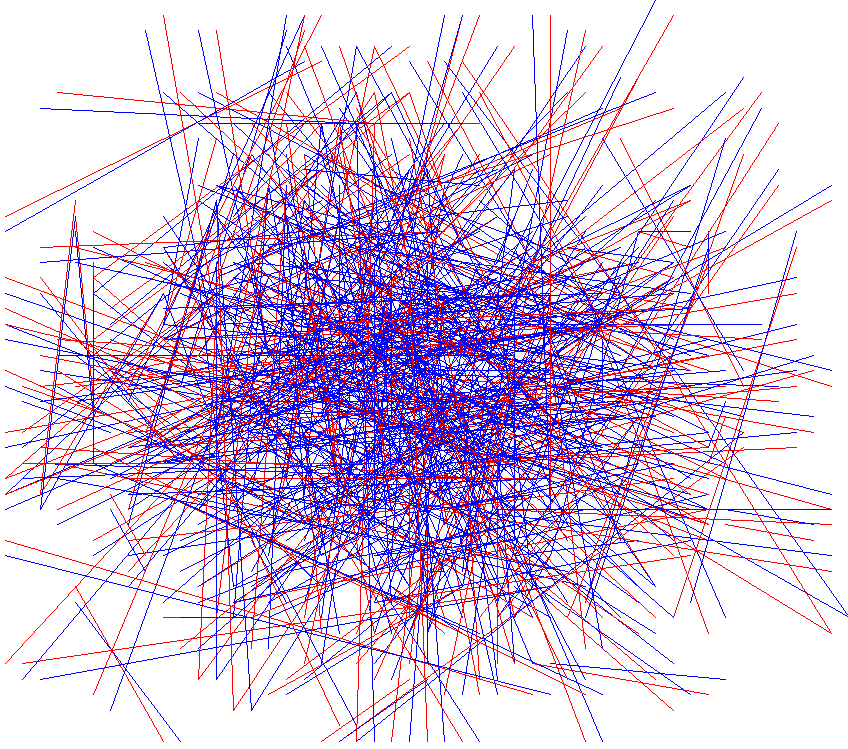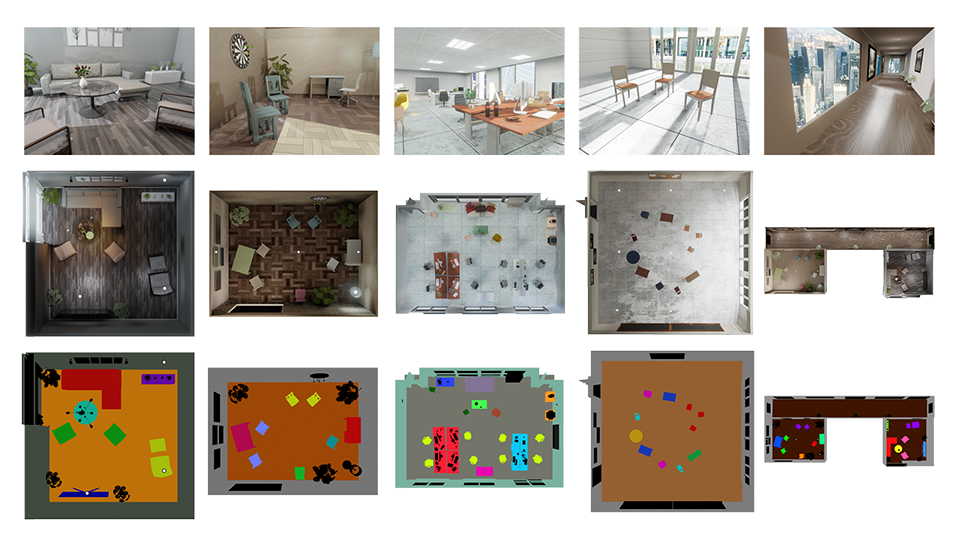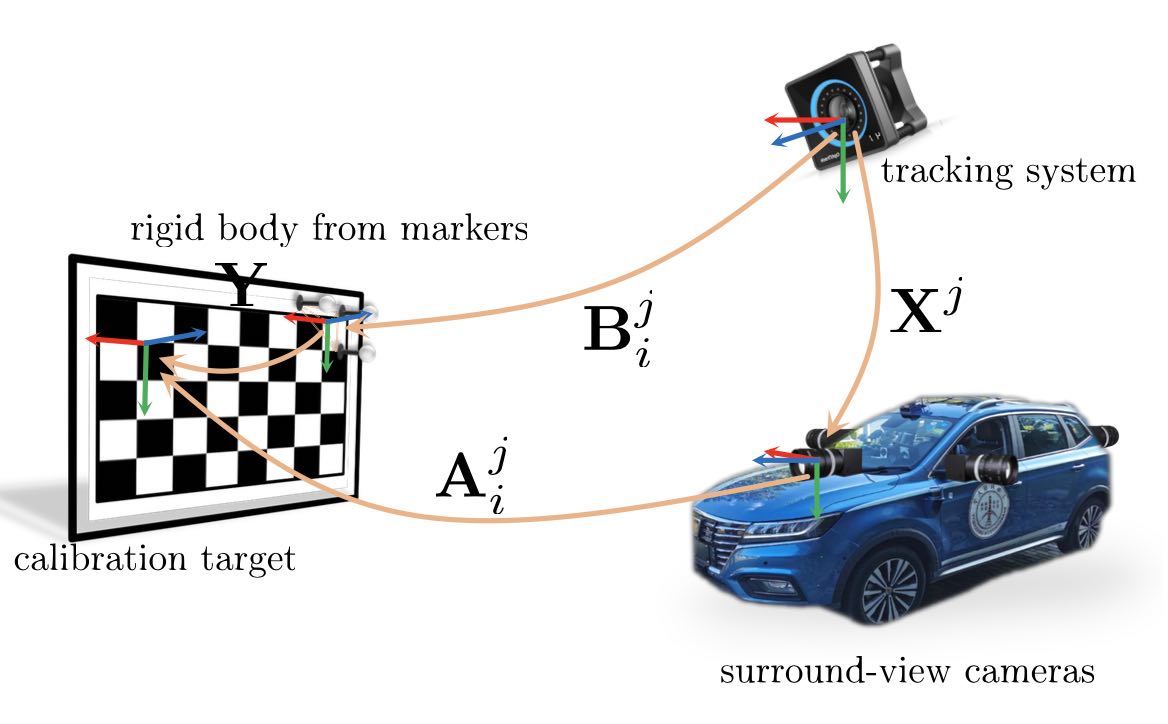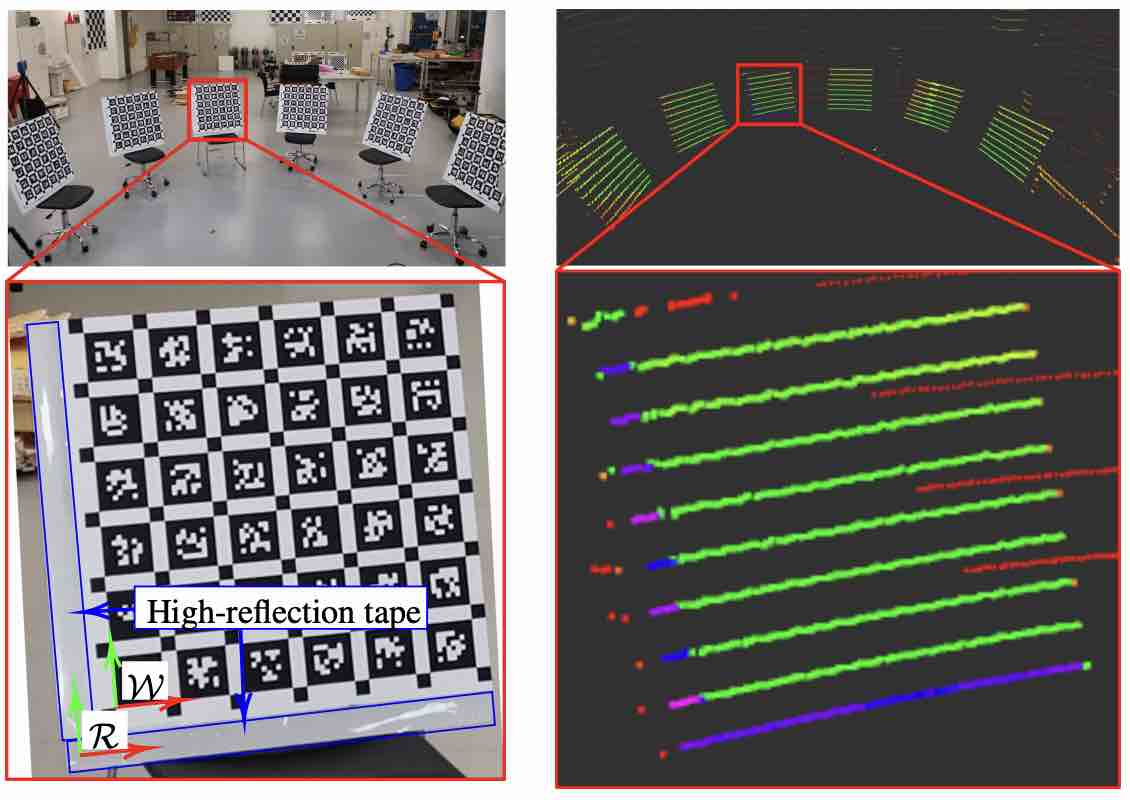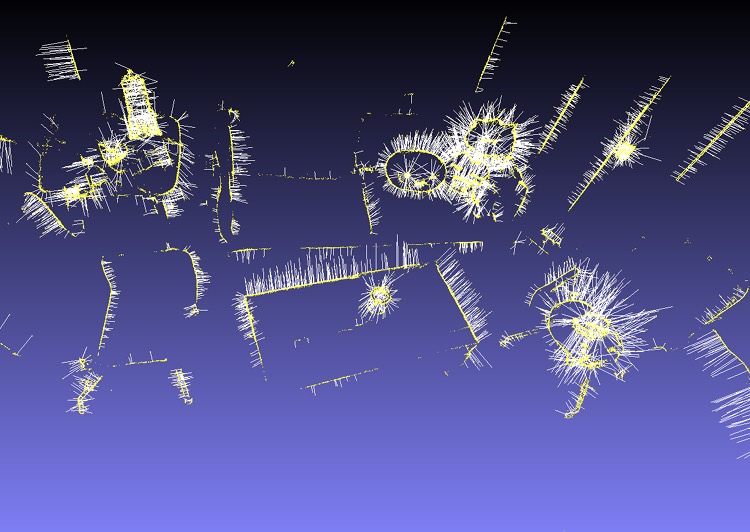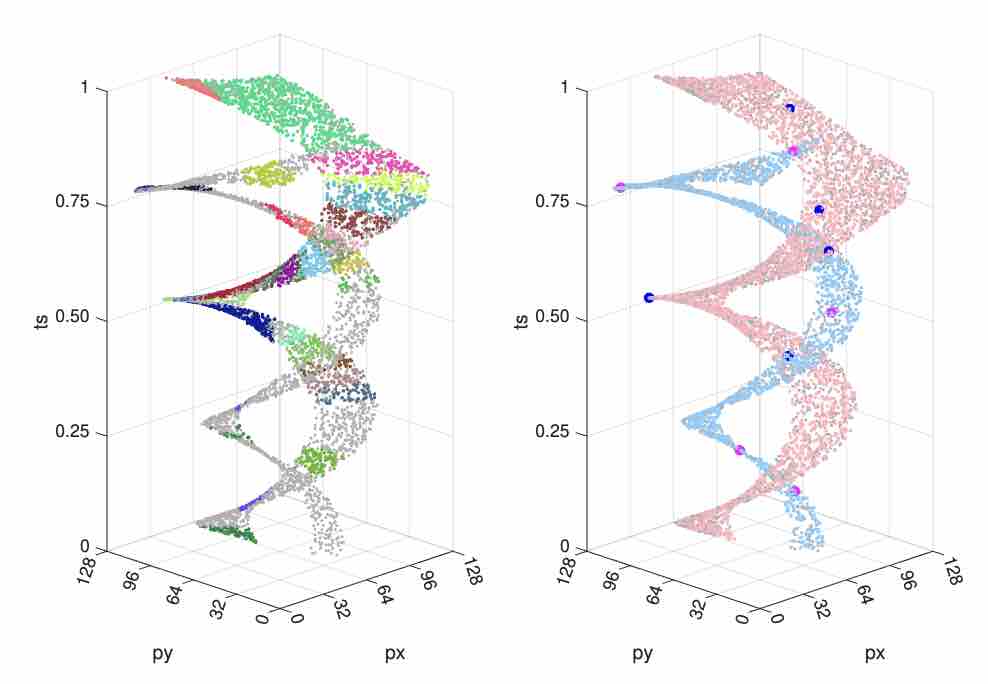Software/Datasets
OpenGV
Link: https://github.com/laurentkneip/opengv
Documentation: http://laurentkneip.github.io/opengv
License: FreeBSD
Precompiled Windows Matlab mex-library:
Download here!
Precompiled Mac OSX Matlab mex-library:
Download here!
Please cite the following paper if using the library:
L. Kneip, P. Furgale, "OpenGV: A unified and generalized approach to real-time calibrated geometric vision", Proc. of The IEEE International Conference on Robotics and Automation (ICRA), Hong Kong, China. May 2014. (PDF)
For more references, in particular about the algorithms that are included in OpenGV, please visit our research page on geometric camera pose estimation algorithms.
polyjam
Link: https://github.com/laurentkneip/polyjam
Documentation: click here
License: GPL
polyjam is a C++ library for setting up algebraic geometry problems and generating efficient C++ code that solves the underlying polynomial systems of equations. It notably does so by applying the theory of Groebner bases. polyjam is the driving force behind OpenGV, and all of MPL's geometric computer vision algorithms that involve the solution of multivariate polynomial equation systems contain solvers generated by this library. Problems of such form may be required in many engineering disciplines, which is why the tools provided through this library are of potentially broad applicability. Please read the documentation for in-depth user instructions.
P3P
Link: click here
Documentation: Instructions are now contained in the package
License: FreeBSD
This is the original Matlab/C++ code for the P3P algorithm of Prof. Kneip. It is the state-of-the-art solution to the absolute pose problem, which consists of computing the position and orientation of a camera given 3 image-to-world-point correspondences. Execution time in C++ lies in the order of a microsecond on common machines. The algorithm requires normalized image points, and therefore requires the camera to be intrinsically calibrated. Note that the algorithm is also contained in OpenGV.
It you use this algorithm, please cite the paper:
L Kneip, D Scaramuzza, and R Siegwart. A novel parametrization of the perspective-three-point problem for a direct computation of absolute camera position and orientation. In Proceedings of the IEEE Conference on Computer Vision and Pattern Recognition (CVPR), Colorado Springs, USA, June 2011. (PDF)
RBRIEF
Link: https://github.com/laurentkneip/rbrief
Documentation: See OpenCV-BRIEF interface (click here)
License: FreeBSD
A modification of the BRIEF descriptor permitting an online rotation of the extraction pattern (useful if some knowledge of the orientation around the camera principle axis is given). The interface is OpenCV compatible, and extended by two further functions:
setRotationCase( double rotation ): sets a rotated pattern from the base pattern
freezeRotationCase(): transfers the rotated pattern to the base pattern
SSS Benchmarks
Link: http://mpl.sist.shanghaitech.edu.cn/SSSBenchmark/SSSMPL.html
Documentation: See GitHub for tools usage (click here)
License: Creative Commons License & MIT
A set of synthesized realistic visual semantic SLAM dataset and benchmark with open source codes for customizing dataset. The indoor-scenario-oriented dataset includes RGBD, stereo, depth, semantic map, IMU, obejct model and location, groundtruth and hierarchical structure for both visual SLAM and neural network researches.
If you use this dataset, please cite the work:
Yuchen Cao, Lan Hu, and Laurent Kneip. Representations and benchmarking of modern visual slam systems. MDPI Sensors, 20:2572, 2020. (PDF)
Dynamic Event Camera Calibration
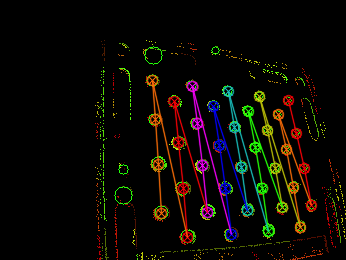
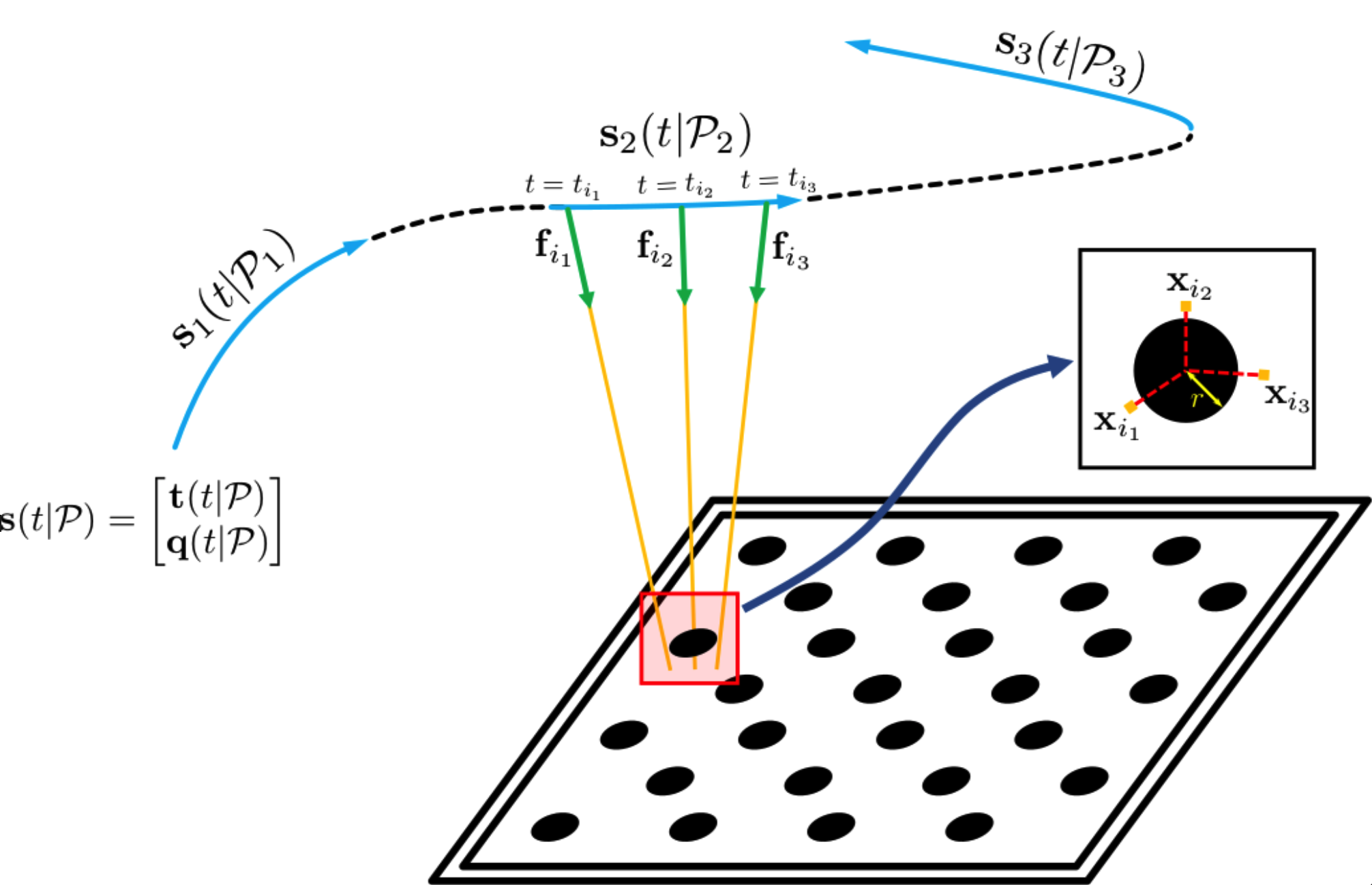
Link: https://github.com/MobilePerceptionLab/EventCalib
Documentation: Instructions are contained in the package
License: Apache
Camera calibration is an important prerequisite towards the solution of 3D computer vision problems. Traditional methods rely on static images of a calibration pattern. This raises interesting challenges towards the practical usage of event cameras, which notably require image change to produce sufficient measurements. The current standard for event camera calibration therefore consists of using flashing patterns. They have the advantage of simultaneously triggering events in all reprojected pattern feature locations, but it is difficult to construct or use such patterns in the field. We present the first dynamic event camera calibration algorithm. It calibrates directly from events captured during relative motion between camera and calibration pattern. The method is propelled by a novel feature extraction mechanism for calibration patterns, and leverages existing calibration tools before optimizing all parameters through a multi-segment continuous-time formulation. As demonstrated through results on real data, the provided calibration method is highly convenient and reliably calibrates from data sequences spanning less than 10 seconds. A circular pattern calibration board is the only requirement.
When using this tool, please cite the work:
Kun Huang, Yifu Wang, and Laurent Kneip. "Dynamic Event Camera Calibration." 2021 IEEE International Conference on Intelligent Robots and Systems (IROS). IEEE, 2021. (Youtube Bilibili PDF)
VECtor benchmark: A Versatile Event-Centric Benchmark for Multi-Sensor SLAM
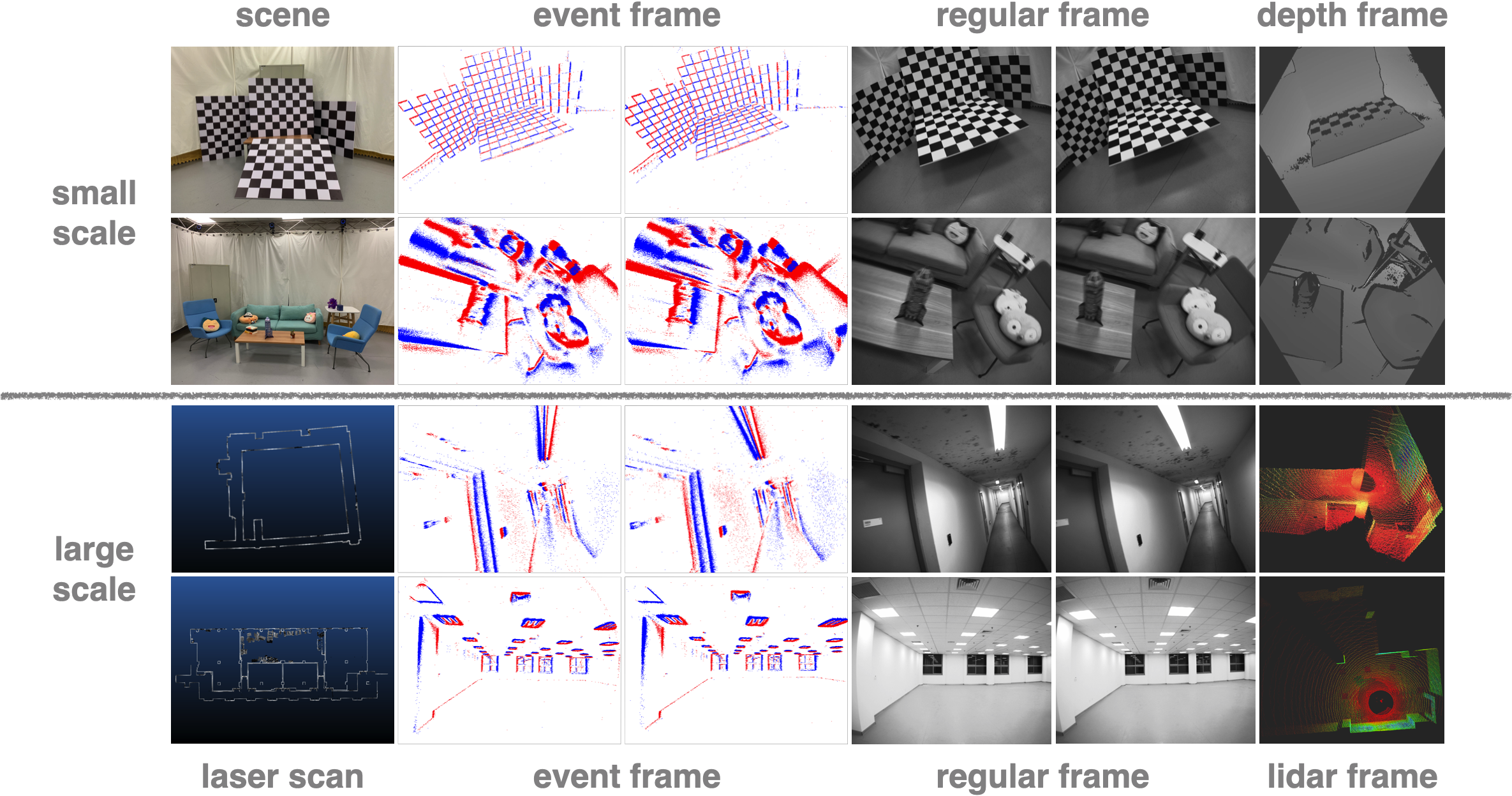
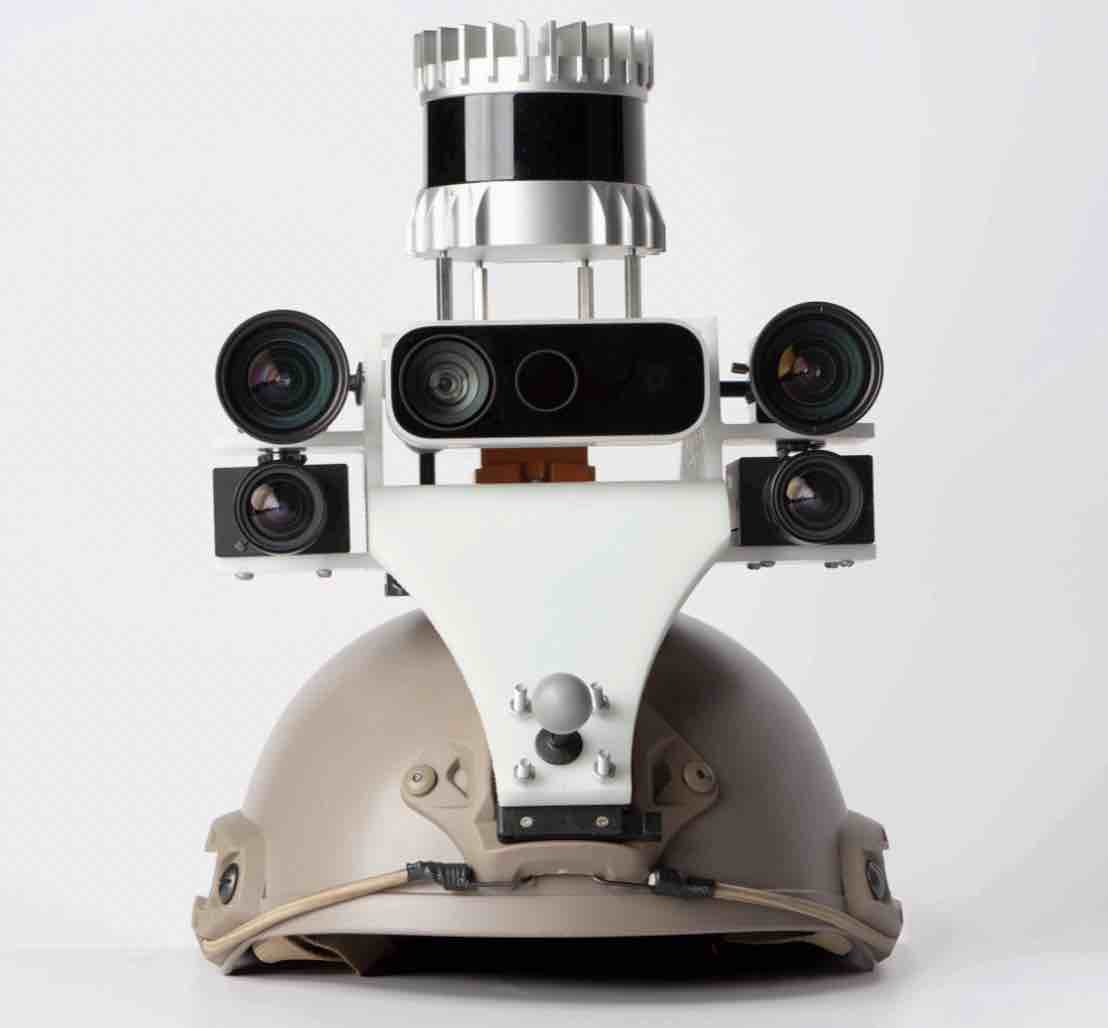
Main site: https://star-datasets.github.io/vector/
PDF: https://arxiv.org/pdf/2207.01404.pdf
Supp.: https://star-datasets.github.io/vector/assets/pdf/supplementary_material.pdf
Online presentation (youtube): https://youtu.be/WZMeKwhj434
Online presentation (bilibili): https://www.bilibili.com/video/BV1kd4y1B7Ug
Calibration Toolbox: https://github.com/mgaoling/mpl_calibration_toolbox
Dataset Toolbox: https://github.com/mgaoling/mpl_dataset_toolbox
Synchronization Toolbox: https://github.com/sjtuyuxuan/sync_toolbox
The complete set of benchmark datasets is captured with a fully hardware synchronized multi-sensor setup containing an event-based stereo camera, a regular stereo camera, multiple depth sensors, and an inertial measurement unit. All sequences come with ground truth data captured by highly accurate external reference devices such as a motion capture system. Individual sequences include both small and large-scale environments, and cover the specific challenges targeted by dynamic vision sensors (high dynamics, high dynamic range).
When using this dataset or any of its tools, please cite the work:
L. Gao, Y. Liang, J. Yang, S. Wu, C. Wang, J. Chen, and L. Kneip. VECtor: A Versatile Event-Centric Benchmark for Multi-Sensor SLAM. Robotics and Automation Letters, 7(3):8217–8224, 2022
New frameworks for extrinsic calibration of multi-perspective and multi-sensor systems
Paper: Accurate calibration of multi-perspective cameras from a generalization of the hand-eye constraint, Y Wang, W Jiang, K Huang, S Schwertfeger and L Kneip, ICRA'22 (link)
Link: https://github.com/mobileperceptionlab/multicamcalib
Brief: Calibration using a variant of hand-eye calibration. Requires external motion capture system to get chess-board poses. Documentation in Readme.
License: Apache License 2.0
Paper: Multical: Spatiotemporal Calibration for Multiple IMUs, Cameras and LiDARs, X Zhi and J Hou and Y Lu and L Kneip and S Schwertfeger, IROS'22 (link)
Link: https://github.com/zhixy/multical
Brief: Calibration using multiple chess-boards detected and optimized by both LiDAR and cameras.
License: BSD-3
Geometric registration methods for event cameras
Paper: Event-based Visual Odometry on Non-holonomic Ground Vehicles, W Xu and S Zhang and L Cui and X Peng and L Kneip, 3DV'24 (link)
Link: https://github.com/gowanting/NHEVO
Brief: Internal solver to find the rotational velocity of an Ackermann vehicle from event streams.
License: Apache 2.0
Paper: Cross-Modal Semi-Dense 6-DoF Tracking of an Event Camera in Challenging Conditions, Y Zuo and W Xu and X Wang and Y Wang and L Kneip, TRO'24 (link)
Link: https://github.com/zyfff/Canny-EVT/
Brief: Tracking of an event camera on top of a semi-dense map generated by a regular frame-based camera.
License: Apache 2.0
Paper: A 5-Point Minimal Solver for Event Camera Relative Motion Estimation, L Gao and H Su and D Gehrig and M Cannici and D Scaramuzza and L Kneip, ICCV'23 (link)
Link: https://mgaoling.github.io/eventail/ (code to appear soon)
Brief: Exact parametrization of line-generated event cluster under constant linear velocity. Minimal 5-event solver.





